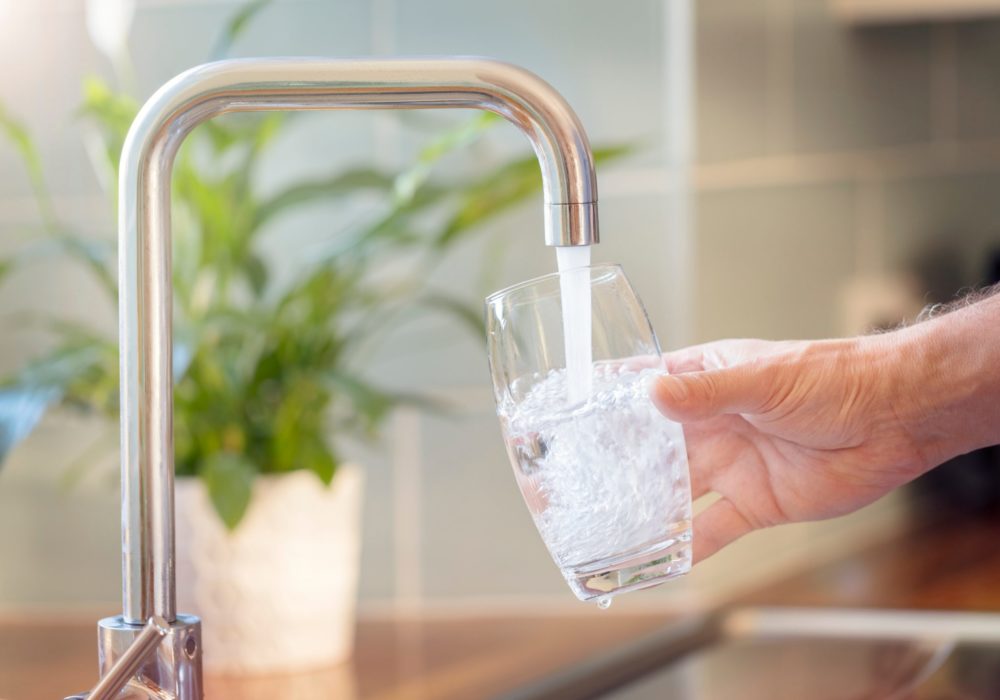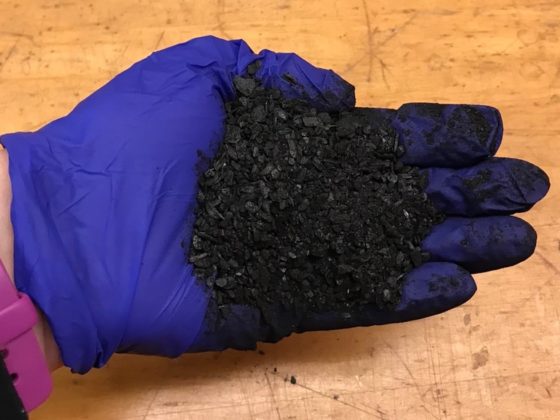On March 3, New York Times bestselling author Seth M. Siegel came to the University of Virginia to talk about his newest book, “Troubled Water: What’s Wrong with What We Drink.” Siegel’s last book, “Let There Be Water: Israel’s Solution for a Water-Starved World,” focused on solutions to water scarcity around the world using techniques and practices developed in water-poor Israel. This time, Siegel’s focus is much more on water quality, with a special emphasis on the United States.
We asked Seth Siegel a few questions during his visit:
Since 1974, we have the Safe Drinking Water Act. Why is this piece of legislation (and its amendments) not adequate to deal with the challenges to the safety of our drinking water that you see?
When Congress passed the Safe Drinking Water Act, it was assumed that it would start the process for ongoing improvements in drinking water quality overseen by the Environmental Protection Agency (EPA). In the nearly 50 years since the law’s passage, thousands of new chemicals have come on the market and many drinking water contaminants have been identified. Yet, after an initial period of activity, the EPA has been reluctant to add new chemicals to the list of regulated contaminants. Remarkably, there are only about 70 chemicals regulated for drinking water by the EPA. Even more shocking, the last time any contaminant – chemical or otherwise – has been regulated for drinking water by the EPA was nearly 25 years ago.
Despite the power to do so provided by the Safe Drinking Water Act, the EPA has failed to regulate chemicals that are known to be in drinking water and pose a significant risk to public health. Per- and polyfluoroalkyl substances (PFAS), including PFOA (used in pots and pans and in water-resistant apparel and footwear) and PFOS (used in fire-fighting foam and fabric protection) are found in dangerous amounts in drinking water across the country. In addition, pharmaceutical residues, including from hormones, antidepressants, and antibiotics, also have been found in drinking water. Yet, while these chemicals are known to have an impact on public health, none of these are regulated by the EPA. This is all the more vexing because there are affordable technologies that exist and have been implemented in some communities that can remove all of these contaminants from our drinking water.
How does our use of bottled water factor into your analysis?
Bottled water has become a parallel national drinking water system. About a third of Americans only drink bottled water and about another 30 percent largely drink bottled water. Sixty percent of all bottled water sold is consumed within the home, just feet from a sink. This has created a second order problem with a mountain of plastic trash from the 70 billion disposable containers sold every year. The irony is that there is no guarantee that bottled water is healthier than tap water. Plus, the plastic from the bottle may leach chemicals into the drinking water, creating a separate level of risk.
For less than what Americans spend each year on bottled water – believed to be about $50 billion at retail – we can upgrade our national tap water in a relatively short time.
How have we arrived at this point?
The failure to upgrade the quality of US tap water is a bipartisan failure. Whether the President has been a Democrat or a Republican, there has been no progress in improving drinking water. Likewise, there’s no difference as which party controls Congress, even when it is the same party as the President and legislation could be signed into law. The EPA already has many powers that it chooses to not use, so the issue isn’t that there is a need for new laws – even if that would obviously help.
Despite the lack of action by many Administrations, not all fault lies with the federal government. Worse, and paradoxically, mayors and governors of both parties prefer to keep costs down rather than improve the quality of drinking water. Those mayors and governors hide behind the EPA by saying that the drinking water they provide meets all legal standards. Unfortunately, legal does not mean safe. And even so, many utilities fall out of compliance with the existing law and provide drinking water that is in violation of even the minimal regulations that are in place.
How are we going to change the situation that we are in?
This is why I wrote “Troubled Water.” We need ordinary citizens to become aware of how problematic their drinking water is and to demand more from their elected officials. Once people realize the significant gap between what is and what is possible using current, affordable technology, they will demand that improvement. For approximately $30 per person per year, America could have safe drinking water. Once an awakened public demands it, elected officials will be quick to make things better





